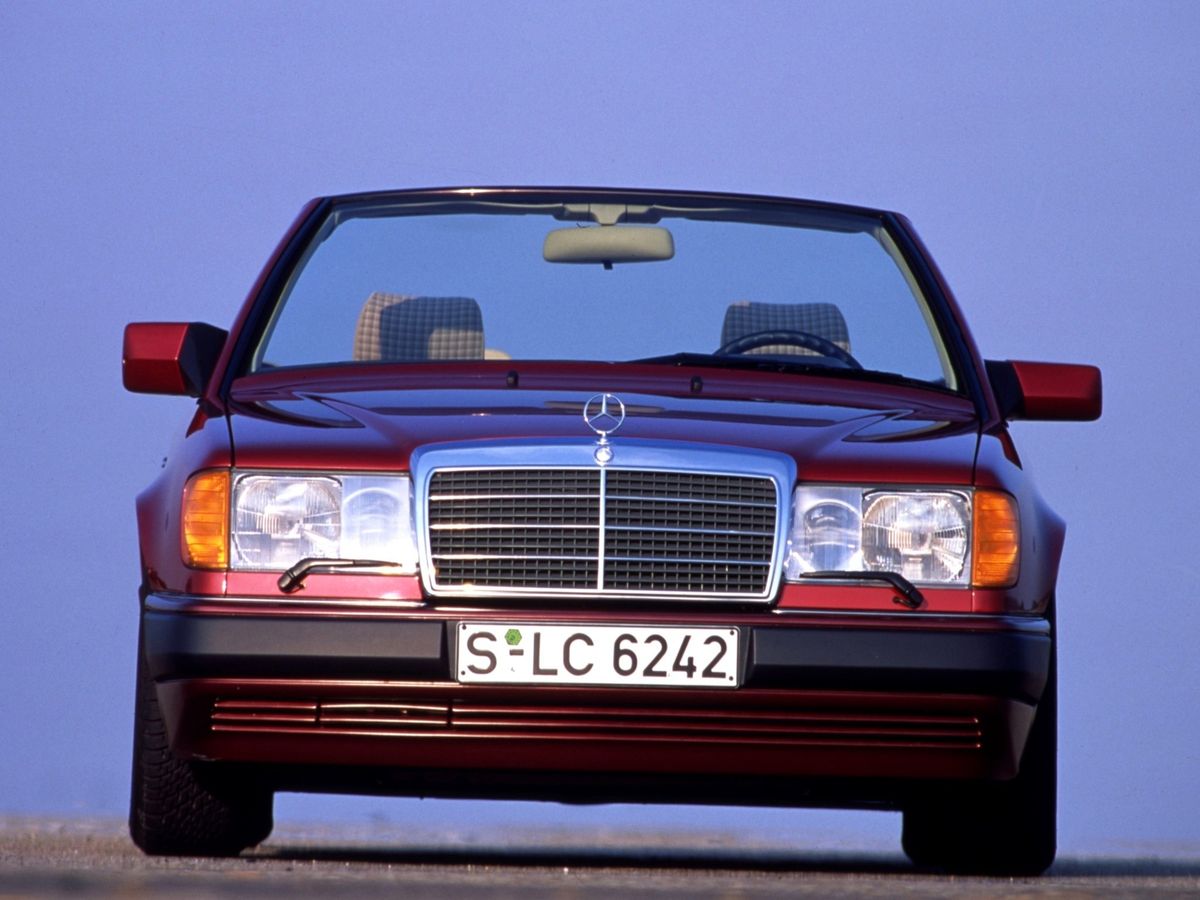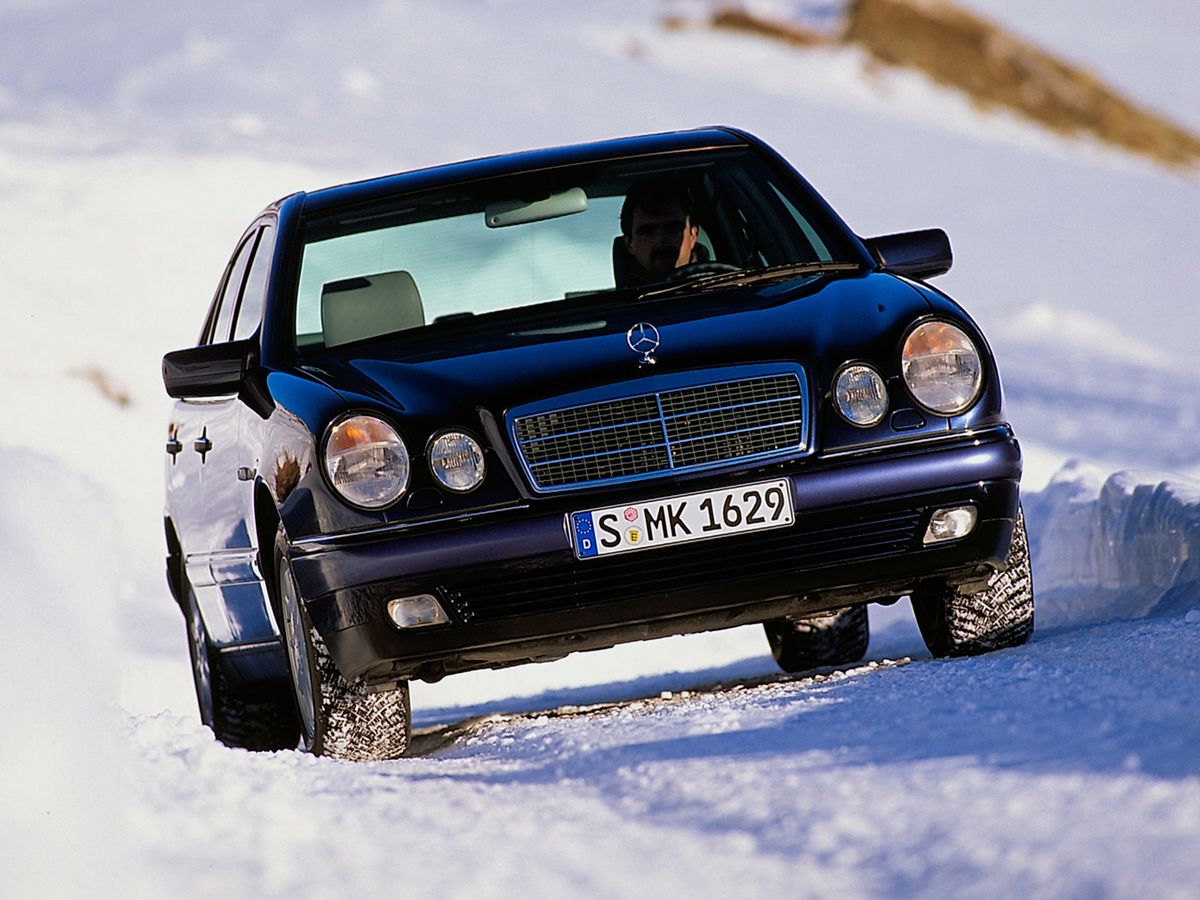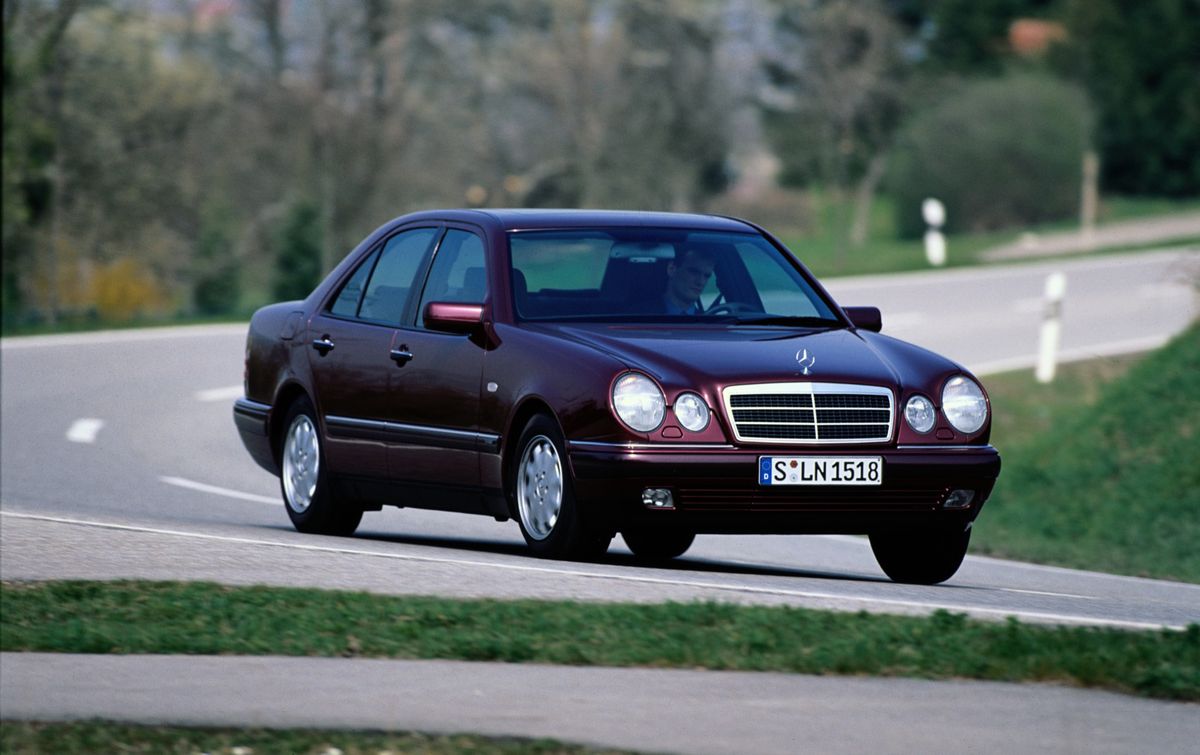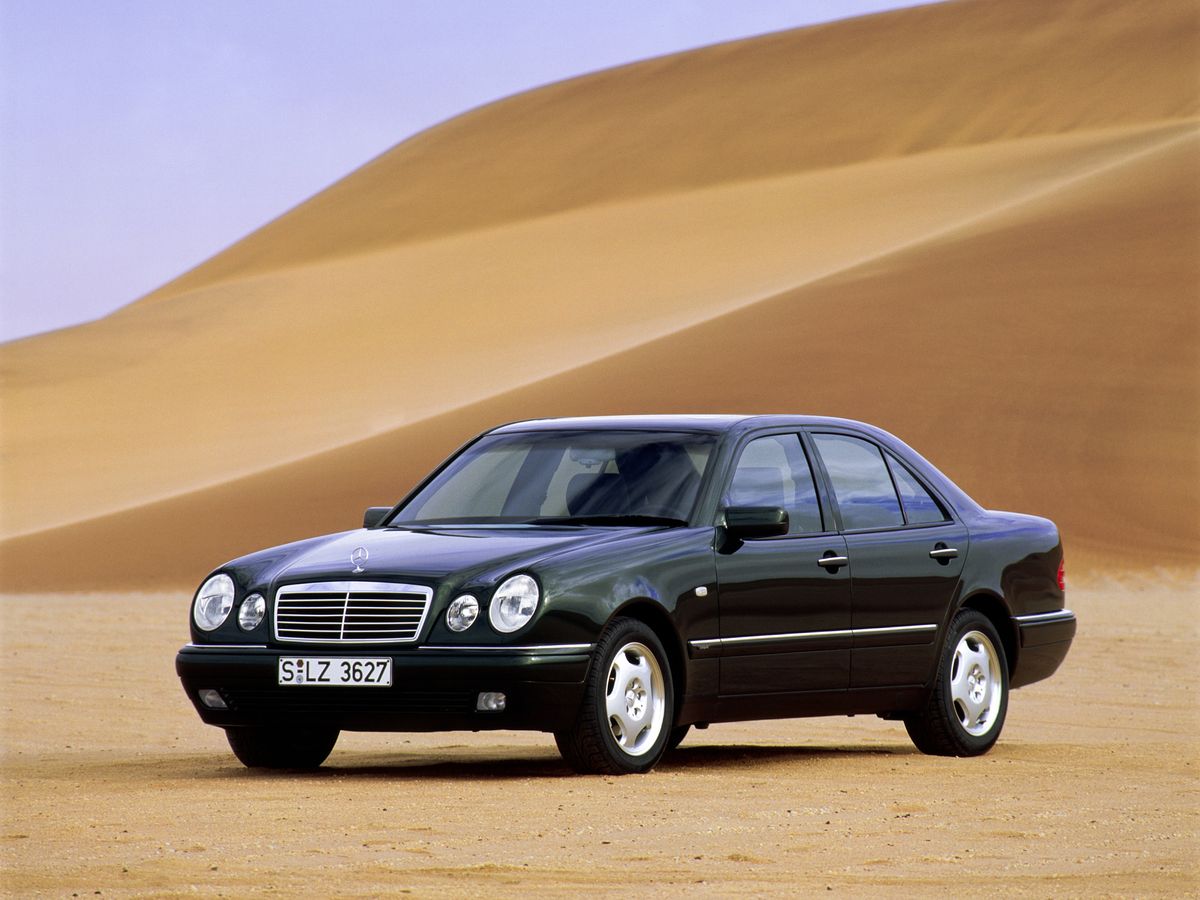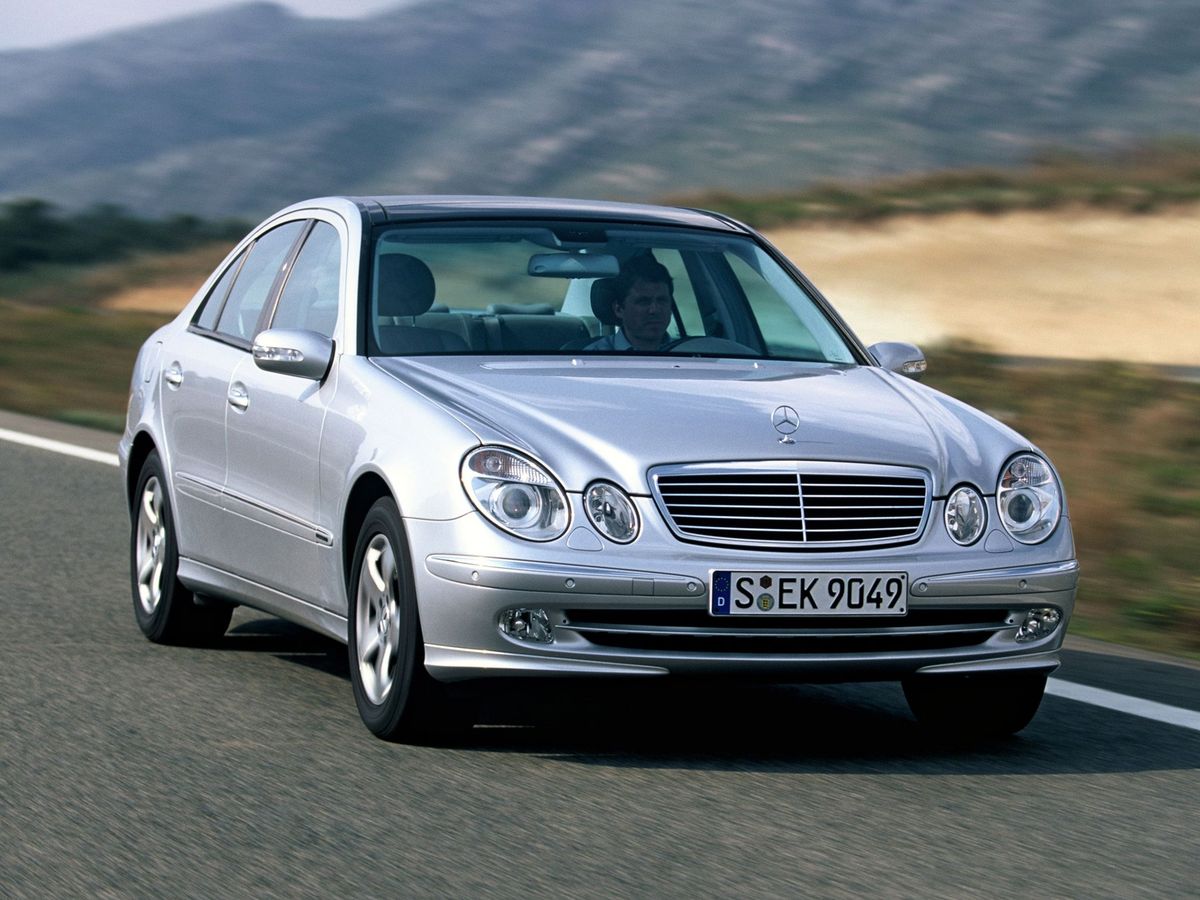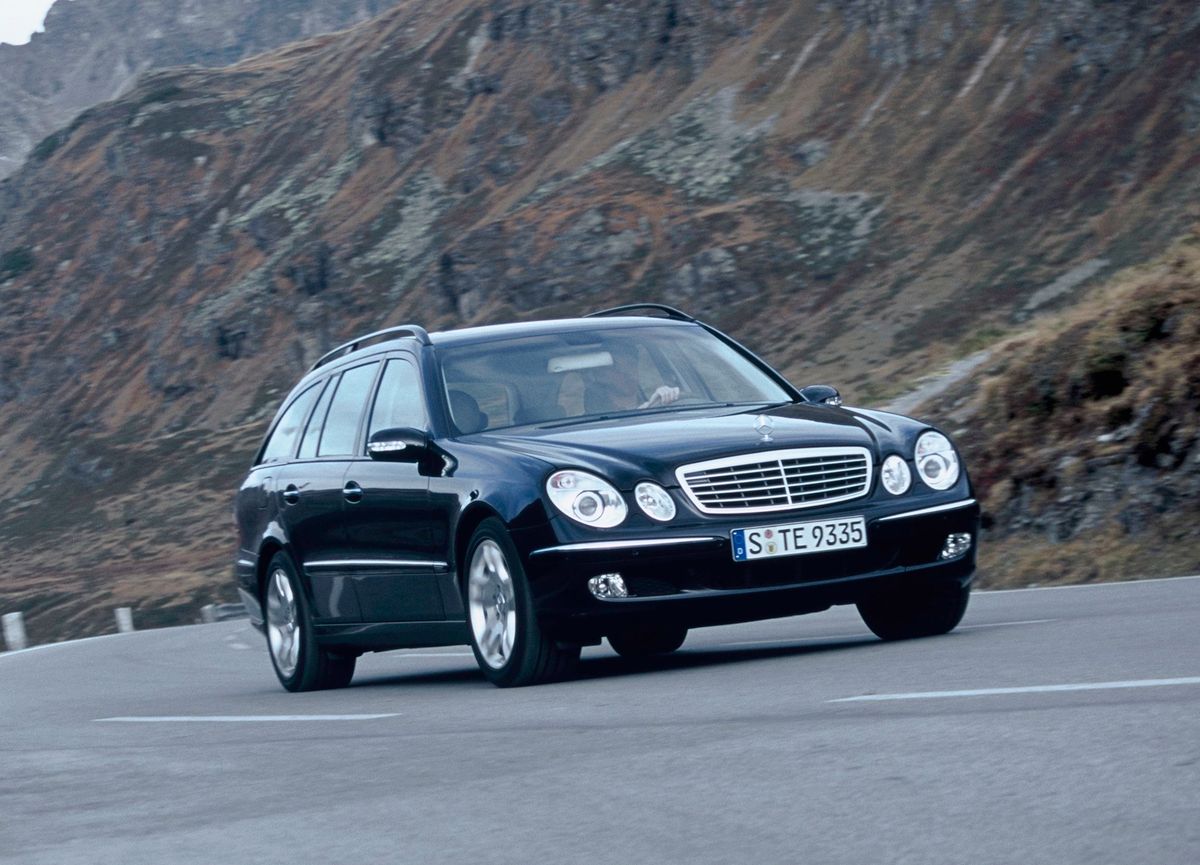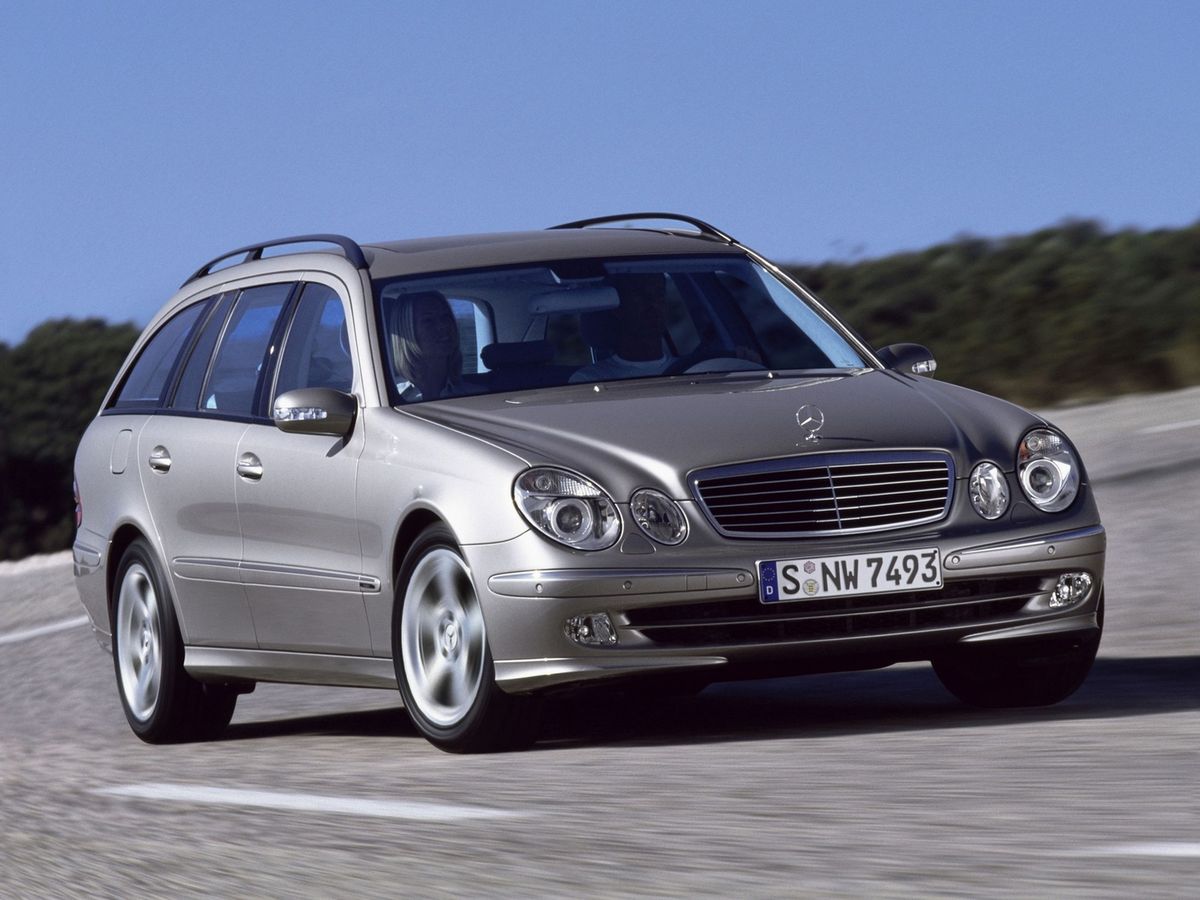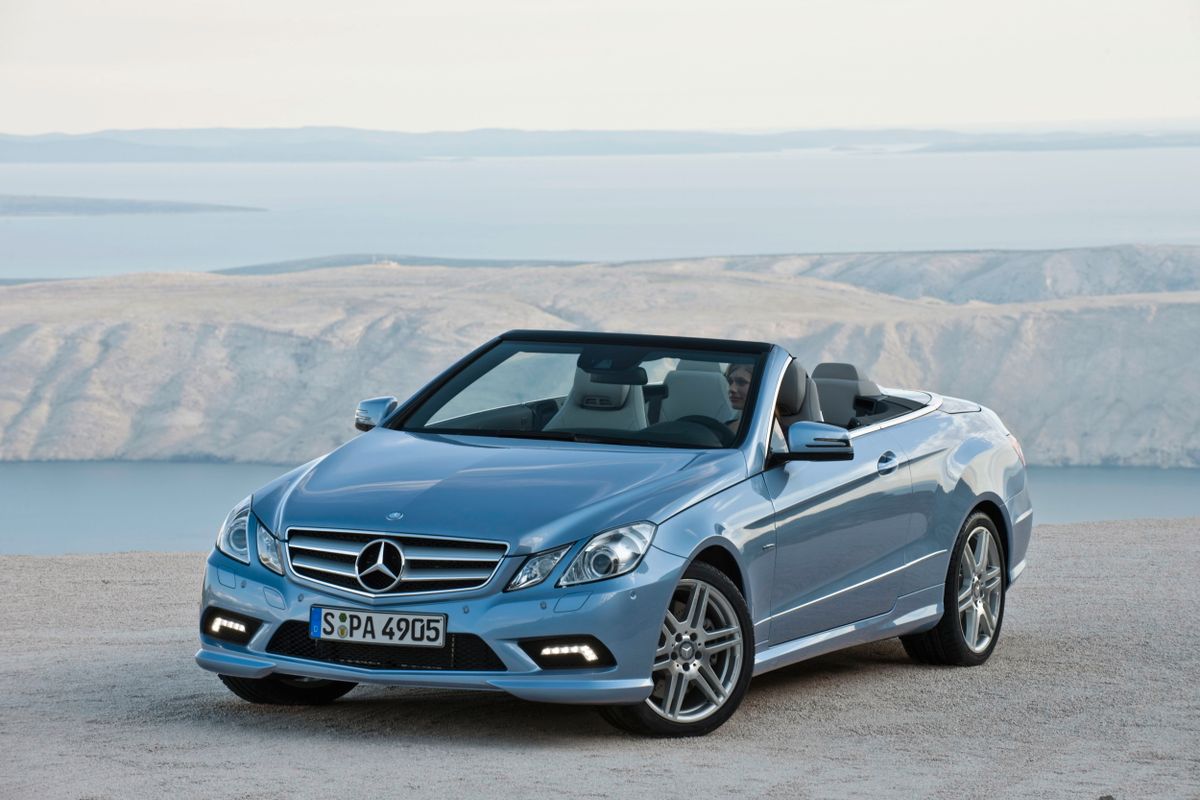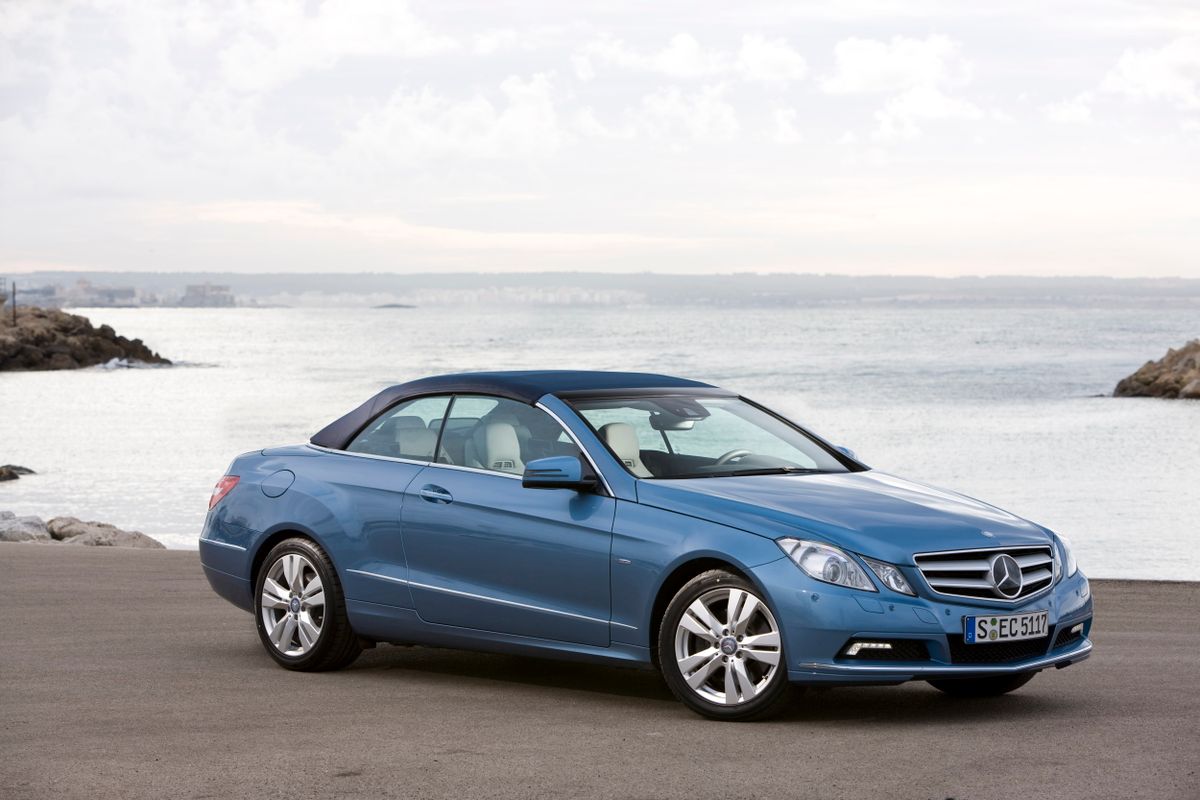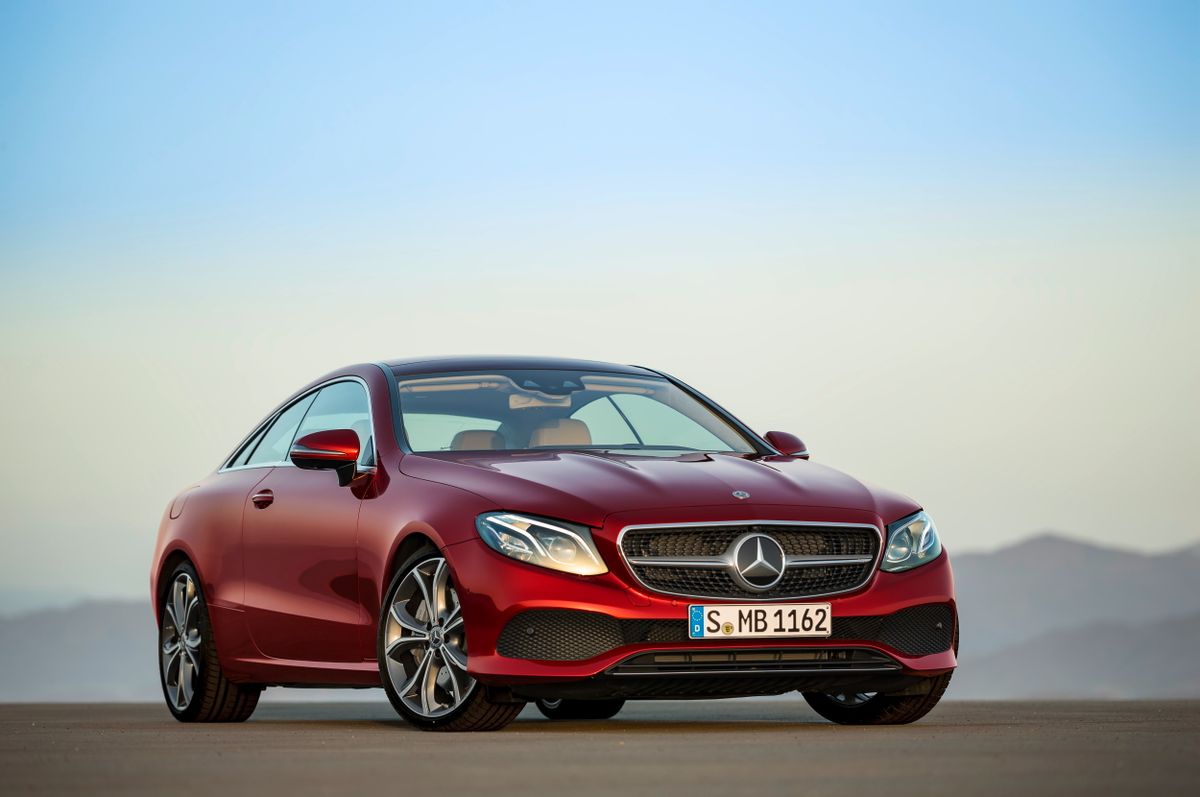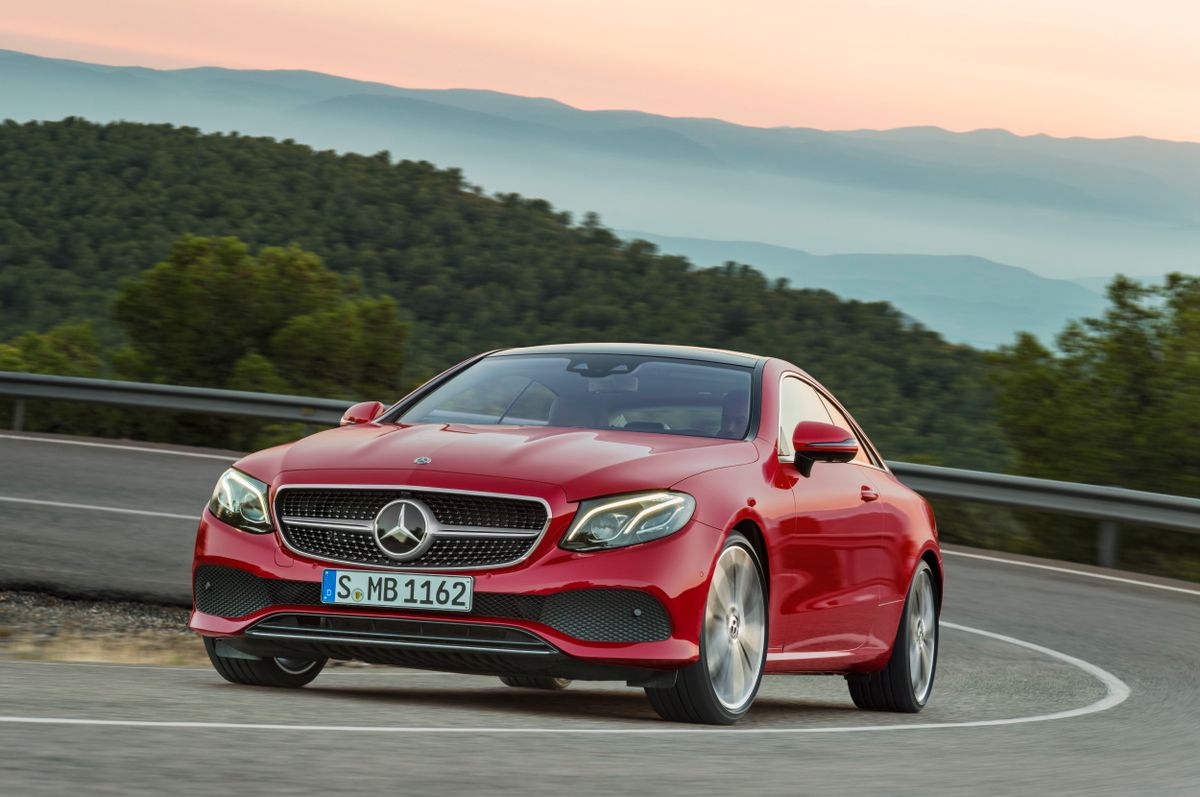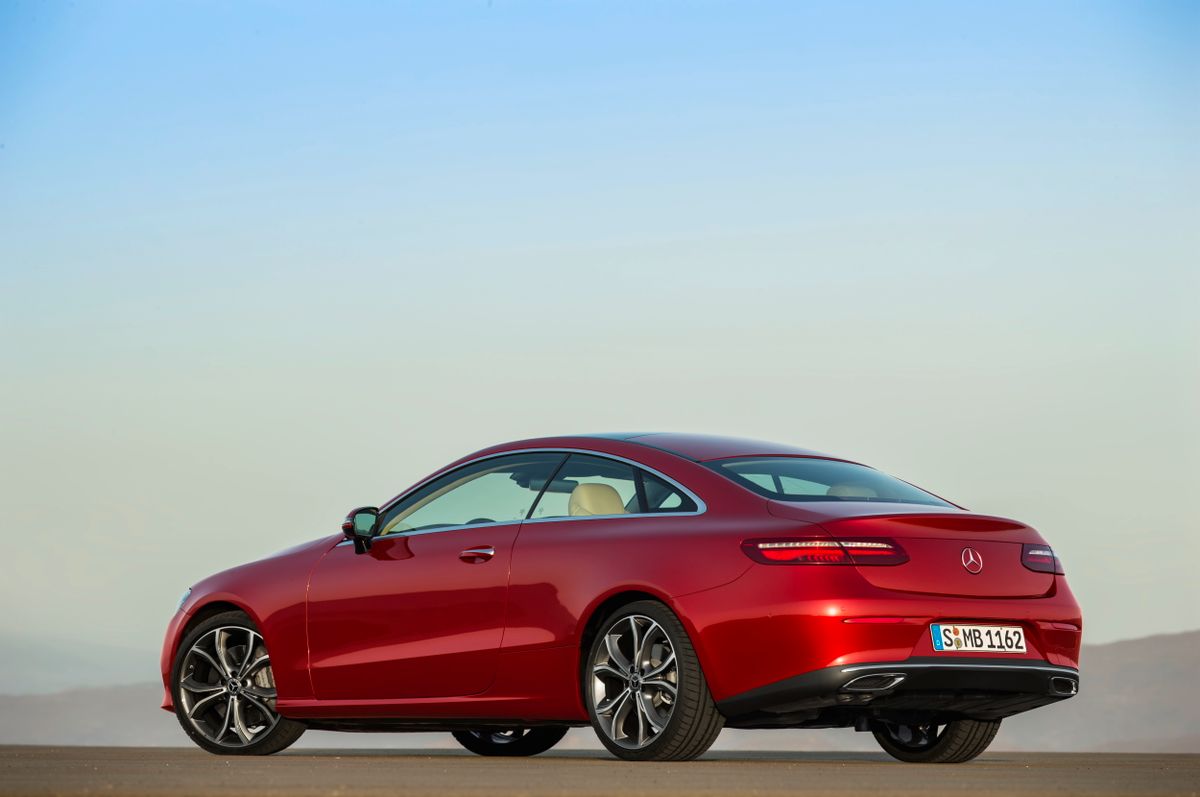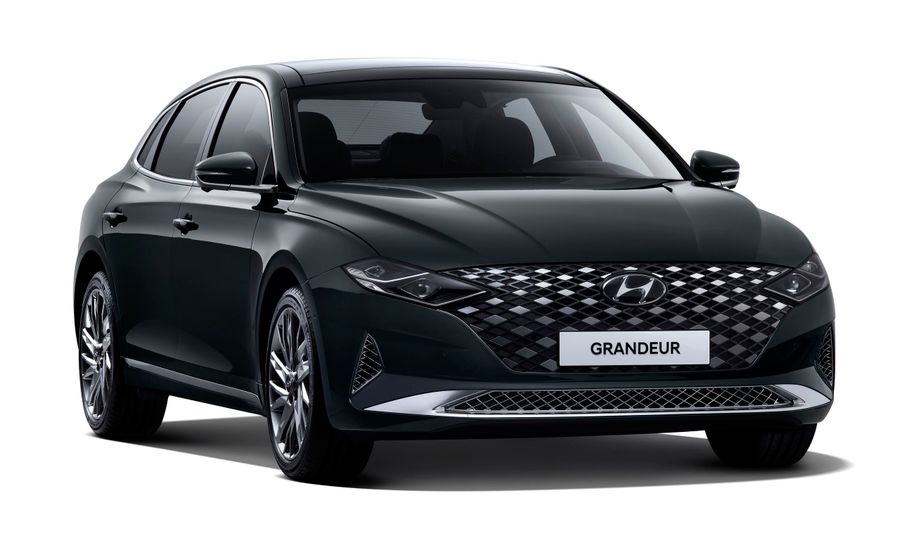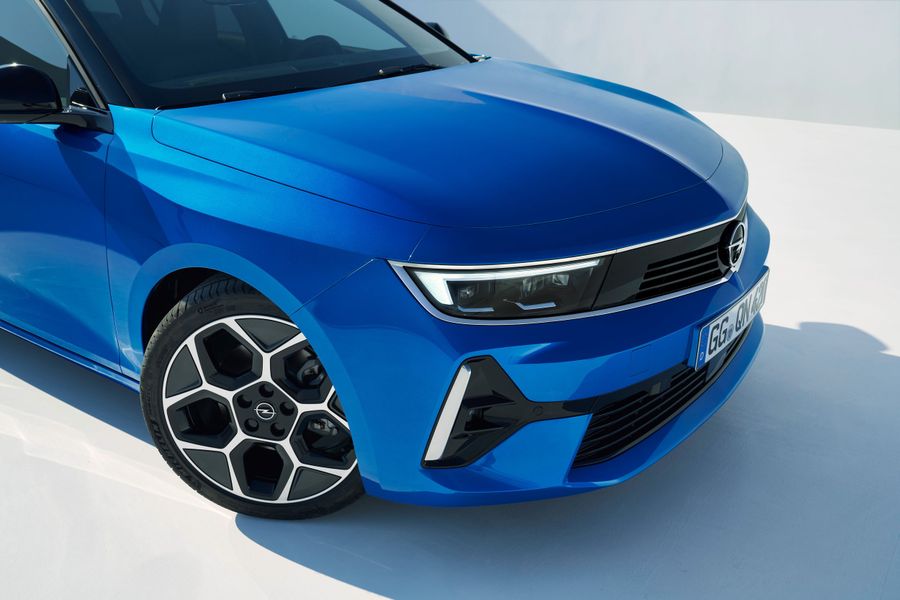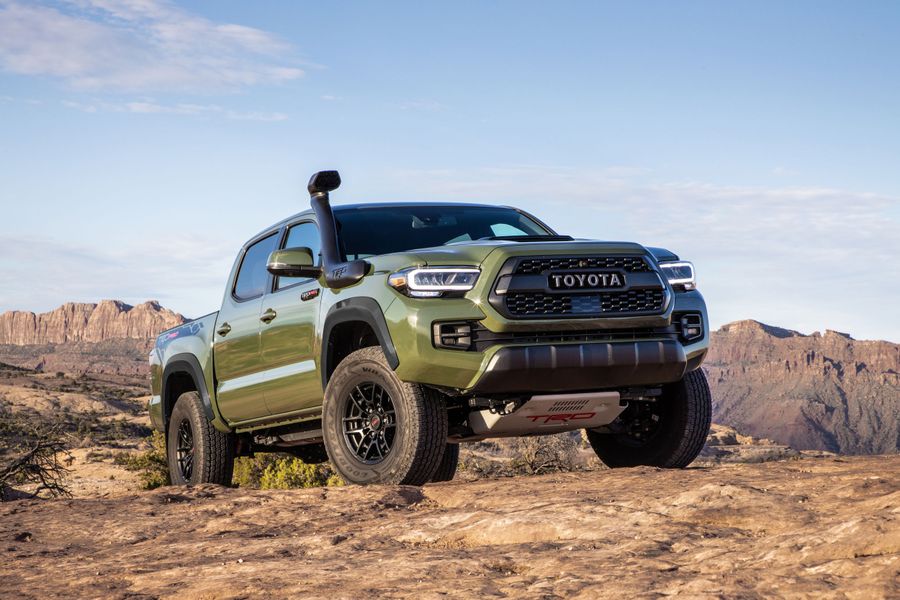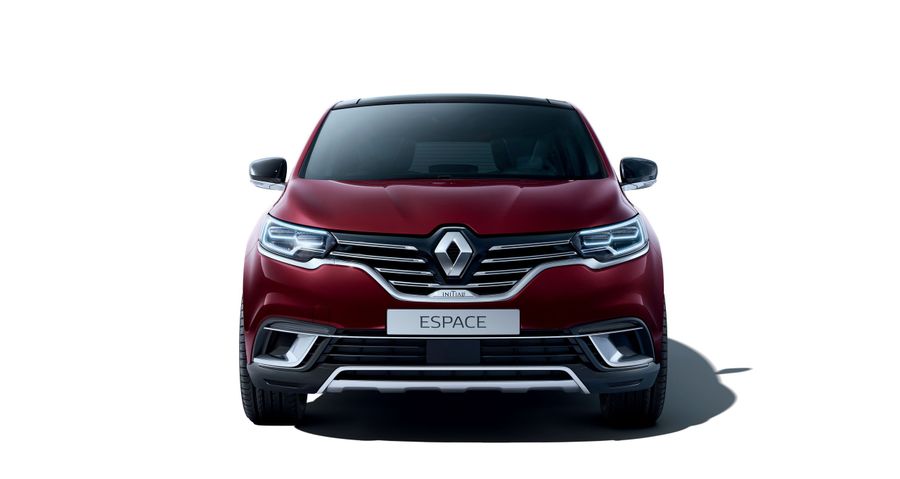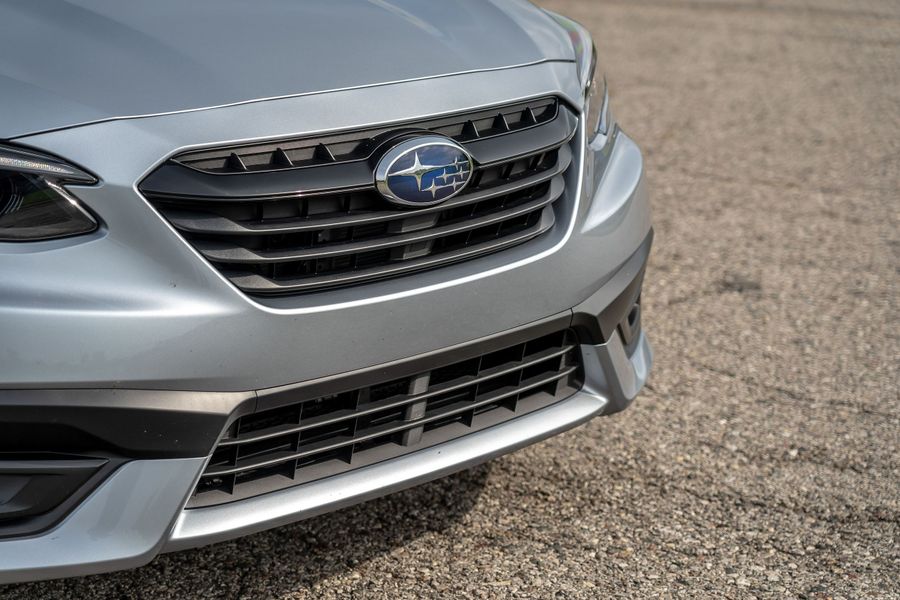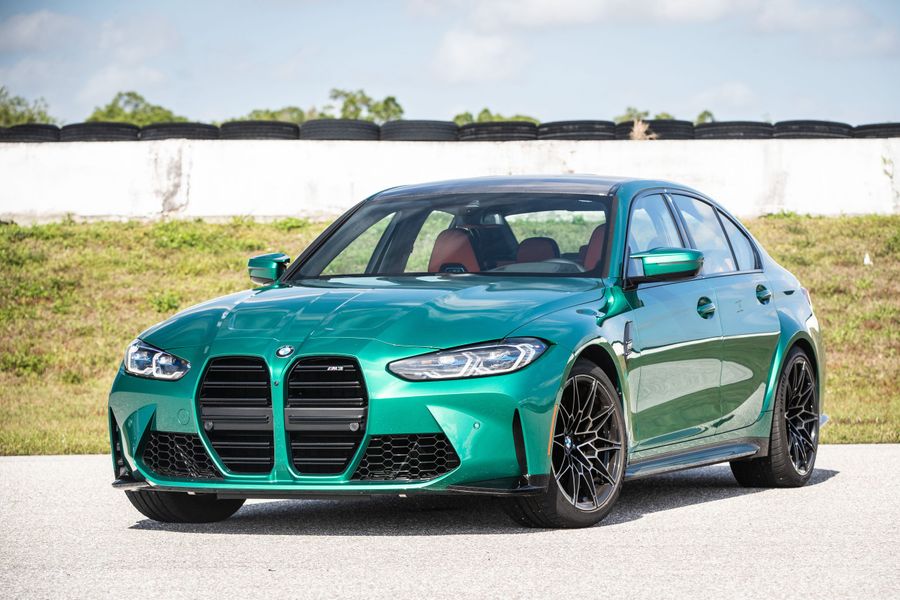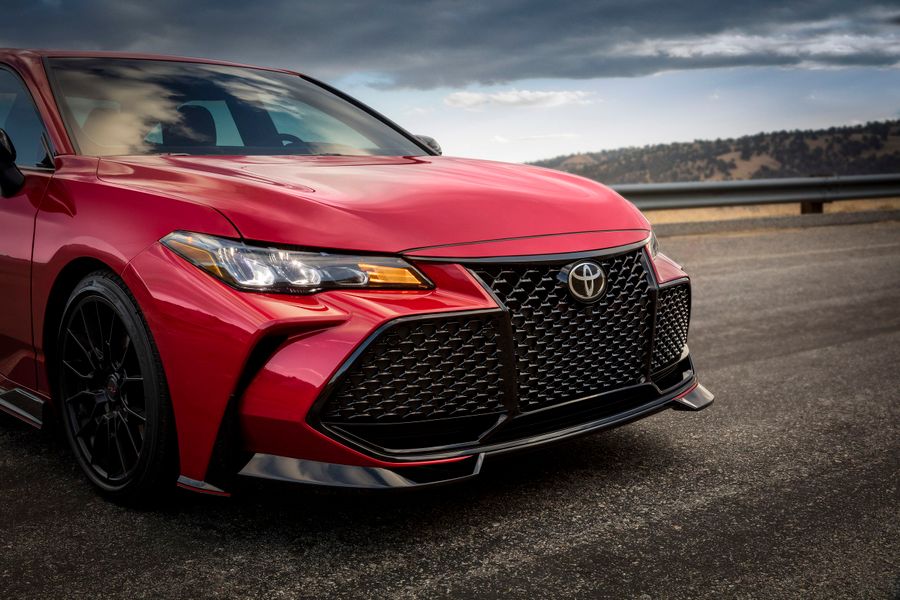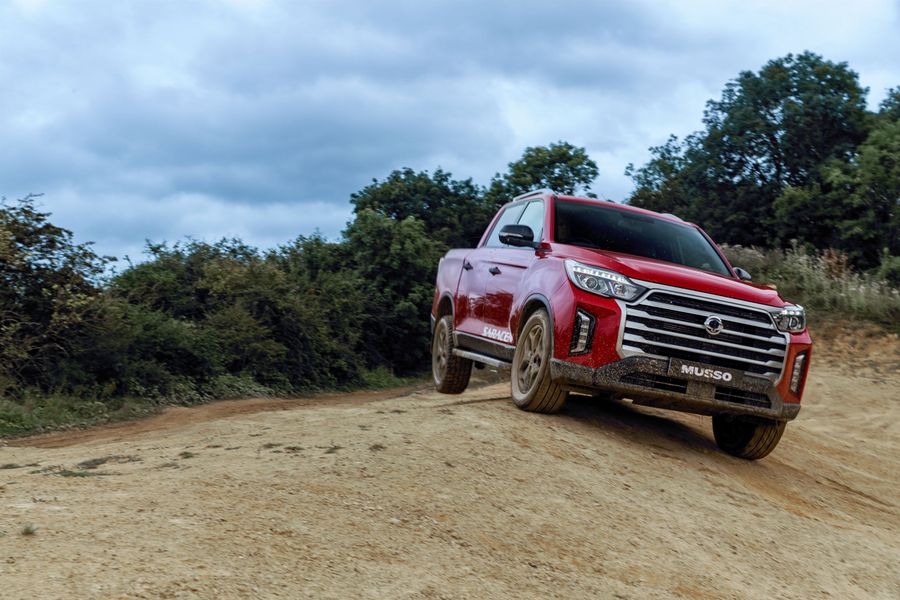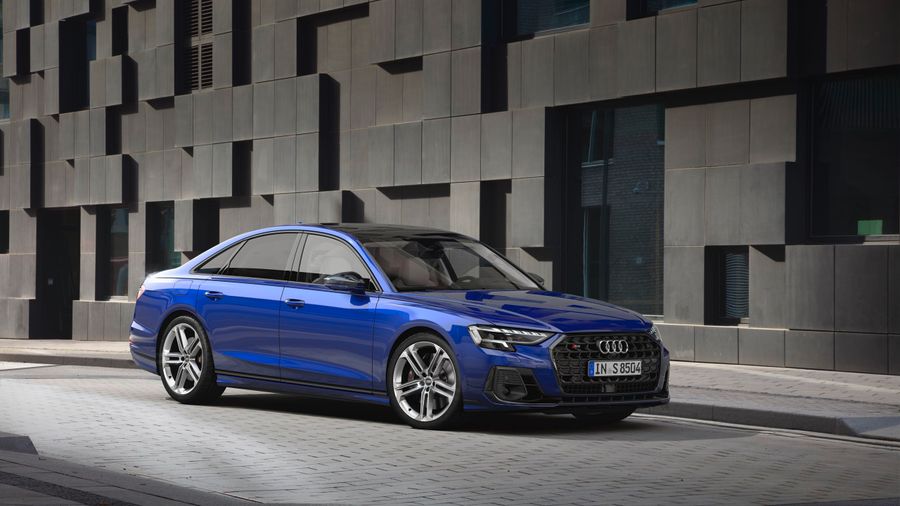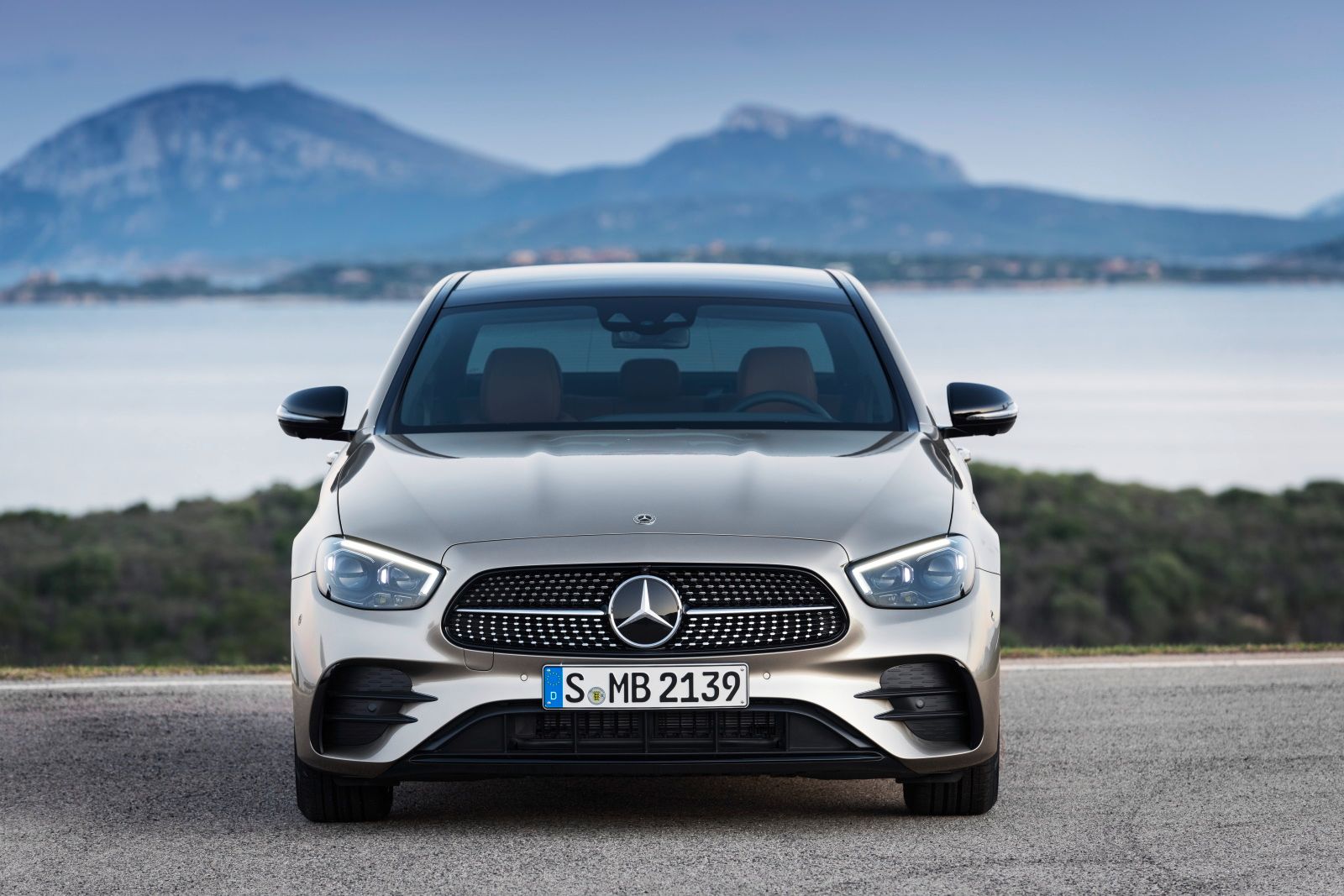
Mercedes E-Class. The best-selling Mercedes
In 2020, a restyled version of the fifth generation was released.
The Mercedes E-Class is a series of business-class passenger cars produced by Mercedes-Benz (Germany) since 1984. In 2020, Israeli buyers could purchase the 2016 fifth generation E-Class in sedan and convertible bodies.
The E-Class vehicles are available with various configurations of petrol, diesel, hybrid and gas (NGT) engines, rear-wheel drive or 4MATIC permanent all-wheel drive, as well as numerous body modifications: sedan, estate, coupe and convertible. Moreover, the company also produces high-performance versions of the Mercedes-Benz E-Class, upgraded by the engineers of the Mercedes-AMG division, which are considered independent models.
The letter ‘E’ in the E-Class name originally came from the German word ‘Einspritzung’, which means ‘fuel injection’. Back in the 1960s, this letter was used to denote the predecessors of the modern E-Class, equipped with an innovative fuel injection system at that time. Then it was no longer necessary to use the distinctive feature of the fuel system, since all the company’s vehicles were already using fuel injection systems. And in 1993, Mercedes-Benz declared that all of its business class cars belonged to the E-Class, where the letter “E” already stood for “Executivklasse”, and the 124th Mercedes became the first representative of the new class.
The main plants manufacturing E-Class vehicles are located in the cities of Sindelfingen and Bremen, Germany. The E-Class is the best-selling series of the German brand in the history of the company. By 2015, more than 13 million units were sold. And in 2014, the Mercedes E-Class won the ‘IHS Automotive 2014 Loyalty Award’ as the car with the most loyal owners in the premium passenger car class.
The first generation
It was produced from 1984 to 1997. The first 124th Mercedes vehicles replaced the outdated W123 models, as the buyers needed a car that could not only could deliver them from point A to point B, but at the same time would be affordable and stylish. The first Mercedes E-Class was designed by Bruno Sacco and had one of the best aerodynamic performances at that time. First, the company introduced the S124 estate, and a year later there was the W124 sedan. Later, the manufacturers started equipping their vehicles with the turbocharged engines, and then with the four-wheel drive. In 1987, the coupe was presented for the first time. In 1992, the company introduced its convertible.
In 1993, the car underwent major restyling. And at the same time a new designation of the business class was introduced (‘Executivklasse’). And the entire 124th series became the first Mercedes business class. The most prestigious model was the Mercedes E320, available in all four body bodies. Only the E420 and E500 were considered ‘cooler’. In the same 1993, the AMG tuning studio became the official partner of Mercedes-Benz, which made it possible to build the E36 AMG in estate, coupe and convertible bodies and the E60 AMG in the sedan body on the basis of the E320.
The first generation E-Class immediately became popular. A total of 2,583,470 cars were produced, including 2,058,777 sedans, 340,503 estates, 141,498 coupes and 33,968 convertibles, and about 8,000 additional special series, including limousines, ambulances and other models.
The second generation
It was produced from 1995 to 2003, while its restyling took place in 1999. The second Mercedes E-Class (W210), despite having the same geometry as its predecessor, has a completely interior. For the first time, a rack and pinion steering system was used. The car was equipped with a rain sensor, parking sensors and other elements. The exterior of the car also underwent changes, the most noticeable of which were the rounded headlights, for which the car called the ‘big-eyed Mercedes’. In addition, in 1997, the old inline 6-cylinder engines were replaced with new aluminum V6s with electronic control unit. And it became a real technological breakthrough! And then the second technical revolution took place, which led to the release of the new diesel engines with a new ‘Common Rail’ fuel supply system.
After the 1999 restyling, the second generation E-Class acquired new taillights, bumpers and some other cosmetic innovations, as well as an upgraded instrument package. In addition to the factory versions, the powerful AMGs were also released: the E36 AMG with a P6 engine (1995), the E50 AMG with a V8 engine (1997), the custom-made E60 AMG, and the E55 AMG (1999).
The third generation
It was produced from 2002 to 2009, while its restyling took place in 2006. The third Mercedes E-Class (W211) became larger and acquired a more spacious passenger compartment and a huge package of electronics and computer systems. The diesel models enjoyed the highest popularity. Just like its predecessor, the W211 did not have a coupe or convertible bodies. But in 2005, it was used as the basis for the C219 CLS class sports 4-door coupe. In 2002, the company released the sporty E55 AMG with a supercharged V8 engine, which was later replaced by the E63 AMG. In 2004, the hybrid E200 NGT was released, the engine of which ran on natural gases. In 2003, the S211 estate was first presented. And in 2007, the company introduced the hybrid Mercedes E300/320 CDI BlueTEC, equipped with pollution prevention systems. And the BlueTEC technology itself was included in the list of ‘Ward’s 10 Best Engines’ for 2007 and 2008.
The E-Class is the best-selling series of the German brand in the history of the company. By 2015, more than 13 million units were sold. And in 2014, the Mercedes E-Class won the ‘IHS Automotive 2014 Loyalty Award’ as the car with the most loyal owners in the premium passenger car class.
After the restyling in 2006, the third generation E-Class underwent major restyling that involved redesigning the grille, bumpers, mirrors and rear signal lights. In addition, a modern electronics kit was installed.
The fourth generation
It was produced from 2009 to 2017, while its restyling took place in 2013. The fourth Mercedes E-Class (W212) was equipped with the most advanced security systems, modern electronics, a 7-speed automatic transmission, air suspension and much more. This generation also featured the E350 BlueTEC hybrid. In 2009, the company introduced the S212 estate. And in 2009, the Mercedes-AMG division released the powerful E63 AMG.
The fifth generation
It has been produced from 2016 to the present (as of 2020). Built on the modular MRA platform, the fifth Mercedes E-Class (W213) is larger, has a new corporate design, a 9-speed automatic transmission, and numerous modern safety and driver assistance systems, including autonomous driving and parking technologies, as well as new and modernized power trains. The E-Class range still includes both a hybrid version and a powerful AMG version. In addition to the sedan and estate, the 2017/2018 Mercedes E-class is offered in coupe and convertible bodies.
In 2020, the vehicle underwent restyling, after which it acquired the upgraded front optics and taillights, a new steering wheel, the latest version of the MBUX multimedia system, two 10.25-inch screens as standard, improved adaptive cruise control, new and upgraded electronic assistants, as well as the adjustment of the engine range.




